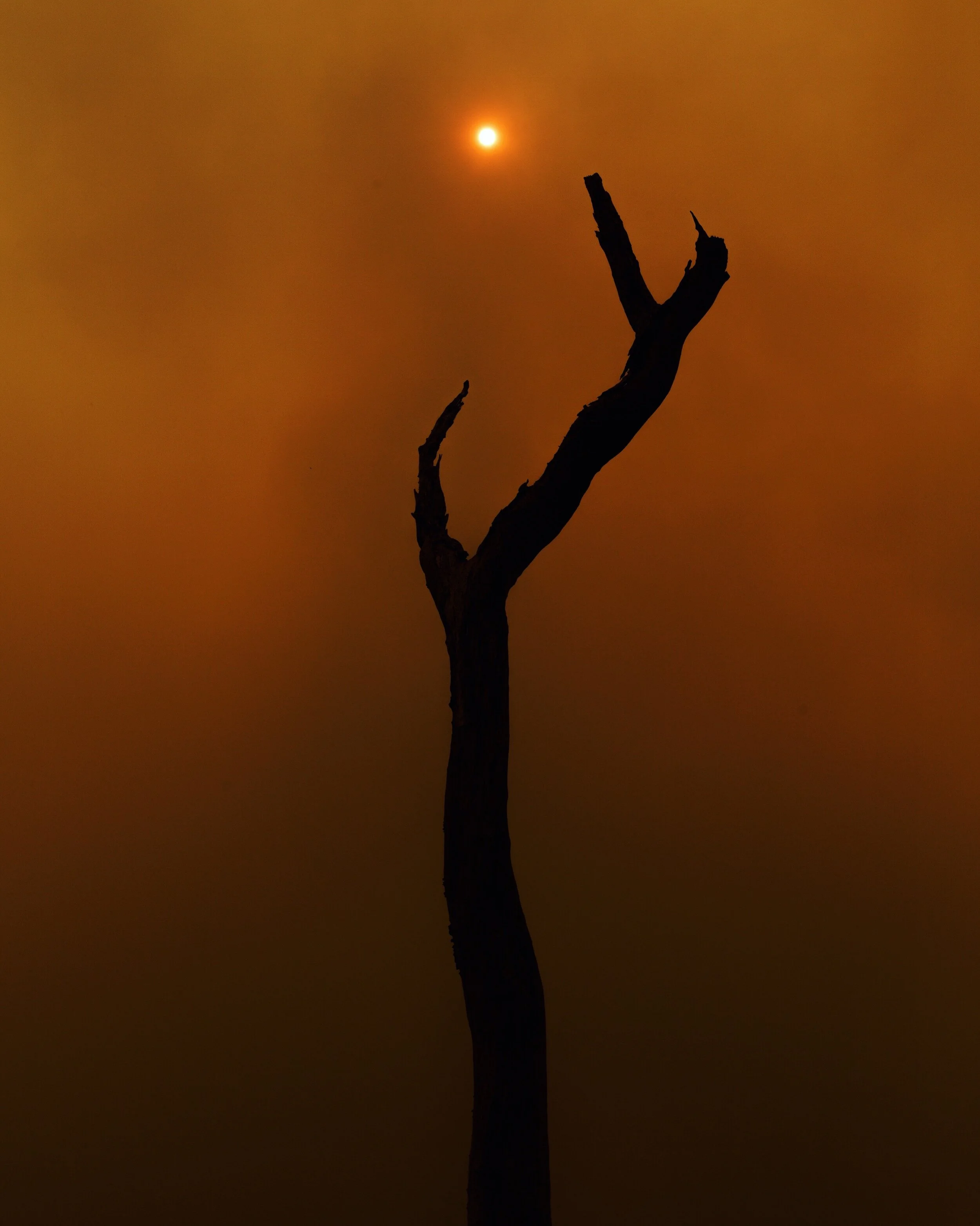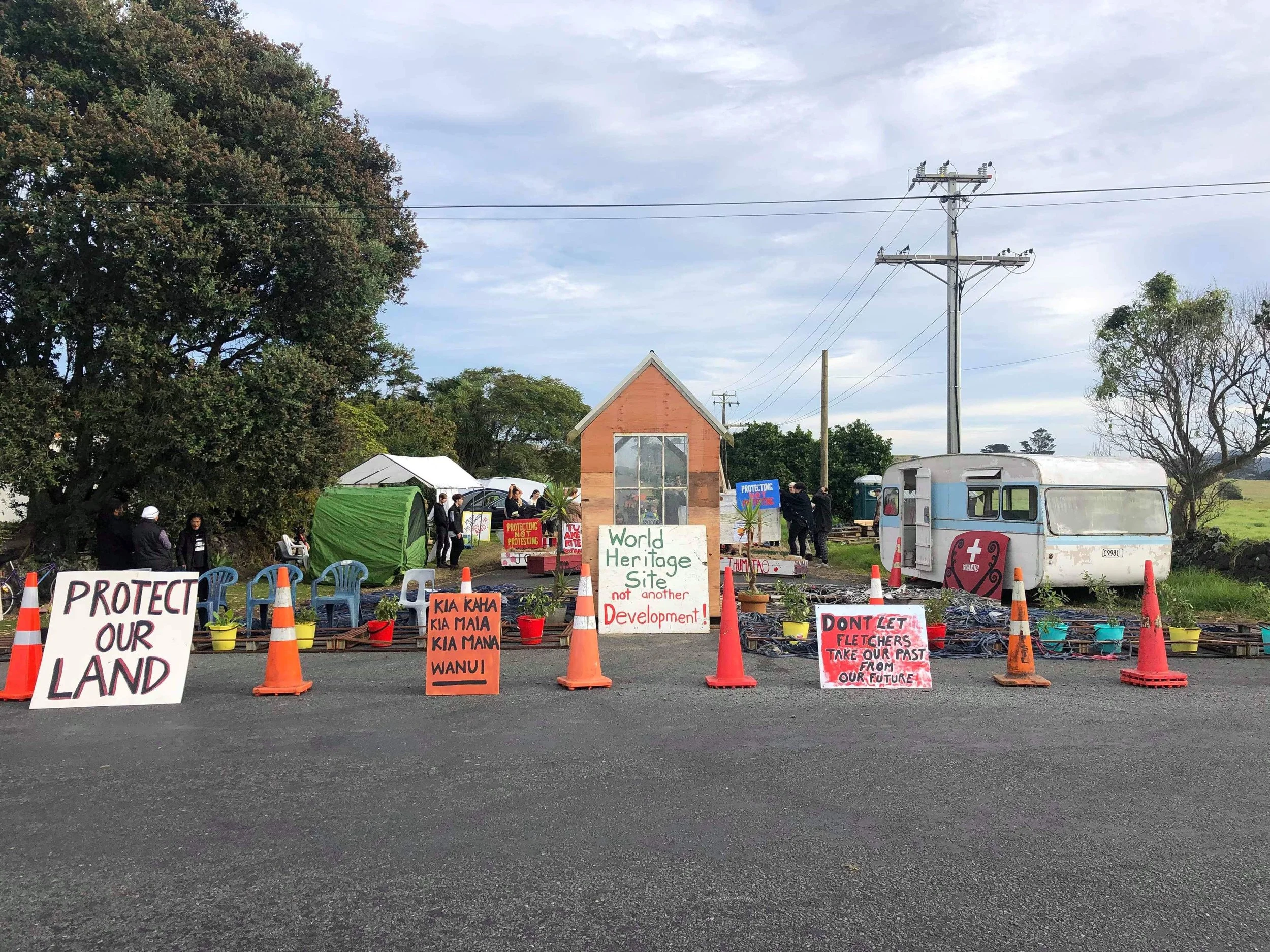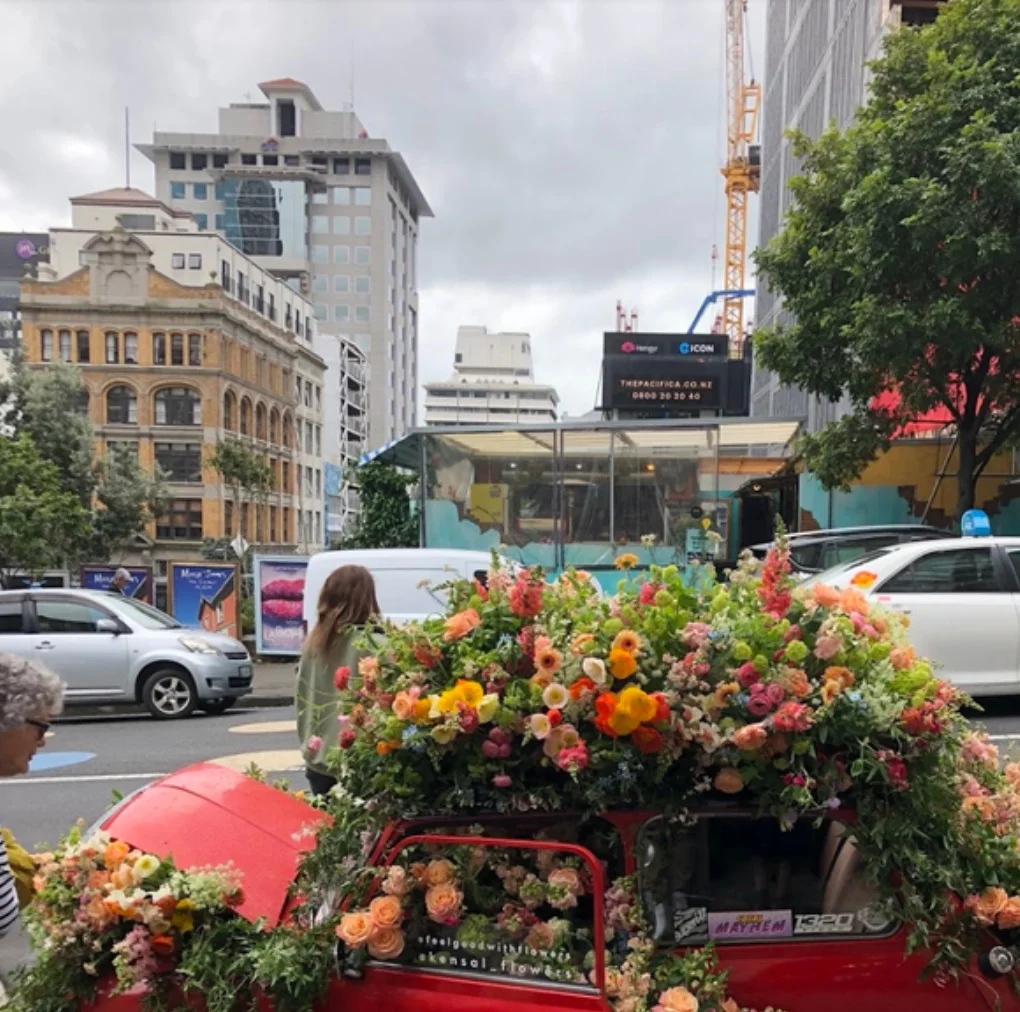“I’m literally on fire!” Paul beamed as he dismounted from his bike. By the time he arrived in Wellington he had over 1,500km of riding and 21,000m of climbing under his belt. We fed him up and washed his clothes and early the next morning I rolled down the hill with him onto the Picton ferry.
Read MoreWe’re about halfway through the lockdown. Looking at the numbers it seems like Aotearoa is responding well so far. Two weeks ago I was really worried. I was processing the news of a major intervention to how I was used to working and living writes NZILA Tuia Pito Ora president Brad Coombs.
Read MoreInsects make up the majority of terrestrial species on Earth. There are some 900,000 species of insects known to science, including over 350,000 beetle and 150,000 fly species — and new species are being found every day. With numbers like that, you might think we’ve got more insects that we need. But that’s not the case.
Read MoreWe know that the effects of climate change on the Aotearoa New Zealand city will be the biggest disruptive event in the history of New Zealand urbanism.
Read MoreThe effects of climate change on the Aotearoa New Zealand landscape will be the biggest disruptive event in our history.
Read MoreMāori design network Ngā Aho says the Ihumātao dispute in South Auckland is not a housing issue, but a land issue and therefore a matter for the Government.
Read MoreUnderstanding the principles of partnership, participation and protection in the profession. How can we advocate for the preservation of cultural landscapes by recognising the significance of the past, the present to plan for the future?
Read MoreThe president of the International Federation of Landscape Architects believes New Zealand is one of three world hotspots for landscape architecture. James Hayter says Aotearoa joins Chile and the south of Spain, adding there are many lessons the landscape architecture community can learn from the professions here.
Read MoreWhat was on the mind of landscape architects in 1974? These men were on the NZILA executive.
Read MoreLandscape assessment is a key aspect of the work of landscape architects, particularly for those whose professional life intersects with our local government planning systems governed by the Resource Management Act 1991.
Read MoreWe all care about the place we live. Our love for home is deep-rooted not only in our cultures, but in our own ways of life.
Read MoreThe statistics don’t lie: the bulk of the those that are designing living and urban spaces in New Zealand cities are men – but the times are changing. Globally, there is a conversation taking place on what cities would look like if equal weighting was given to all of its citizens in the design process. Co-founder of Women in Urbanism, a New Zealand organisation formed to push for more feminist cities, Emma McInnes makes a case for how New Zealand’s cities can be made to be more inclusive through urban design.
Read MoreTalk Wellington is essentially a vote of confidence in Wellington region citizens. Our hypothesis is that over the next few years we will start to see thousands of people being empowered by good information and helping shape our streets, towns and cities for the better
Read MoreThe head of the International Federation of Landscape Architects is heading our way. Australian James Hayter, who was elected to the role of president of IFLA in July, will be here next week delivering a series of lectures.
Read More"There is a perception that we pick the plants ... we're the people who come in and put in the green fluff," says Nicole Thompson of Wraight and Associates when LAA posed the question of how the landscape architecture profession is misunderstood.
Read More


















